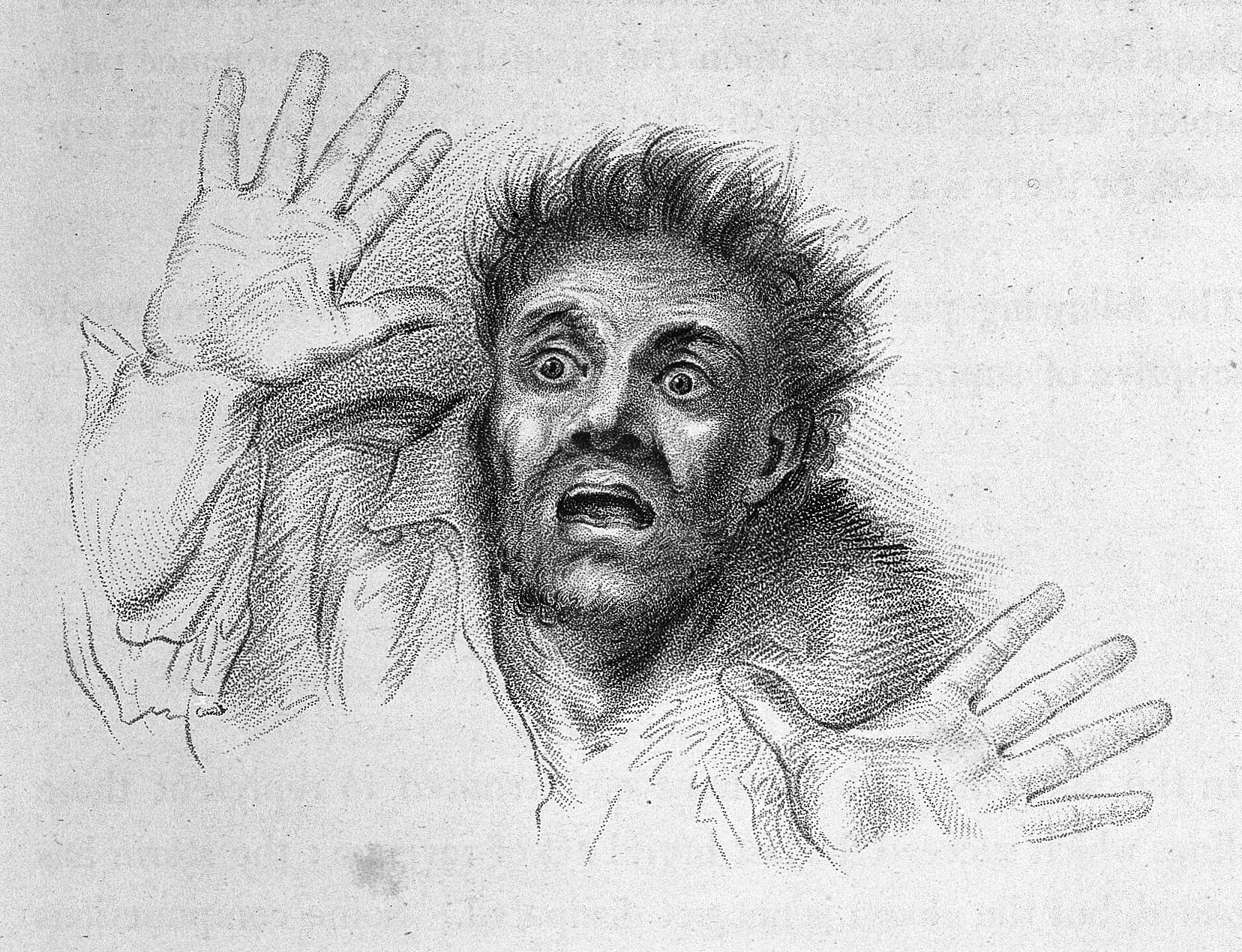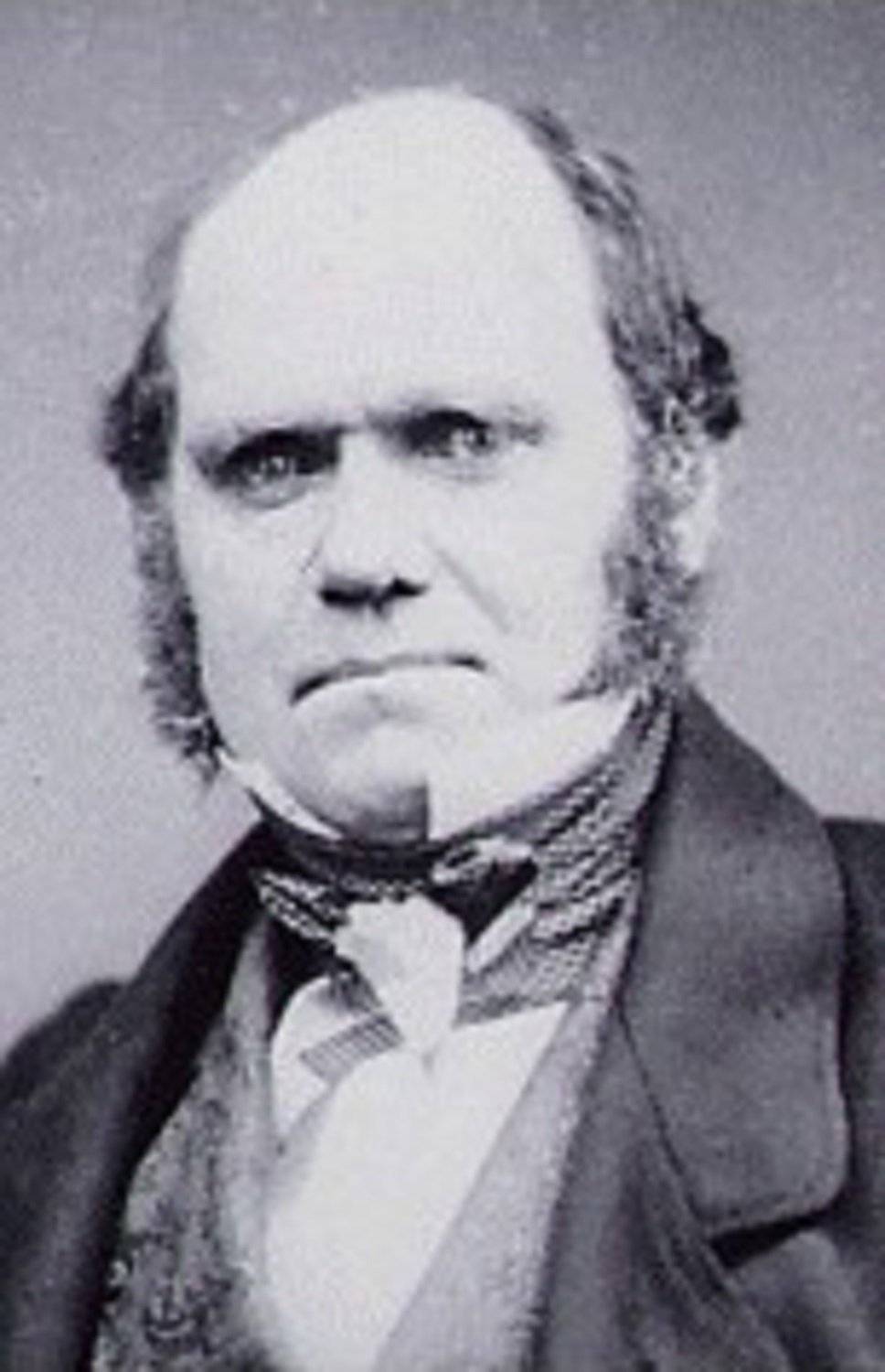 |
Surprise (emotion)
Surprise () is a brief mental and physiological state, a startle response experienced by animals and humans as the result of an unexpected event. Surprise can have any valence; that is, it can be neutral/moderate, pleasant, unpleasant, positive, or negative. Surprise can occur in varying levels of intensity ranging from very-surprised, which may induce the fight-or-flight response, or little-surprise that elicits a less intense response to the stimuli. Construct Surprise is intimately connected to the idea of acting in accordance with a set of rules. When the rules of reality generating events of daily life separate from the rule-of-thumb expectations, surprise is the outcome. Surprise represents the difference between expectations and reality, the gap between our assumptions and expectations about worldly events and the way that those events actually turn out. This gap can be deemed an important foundation on which new findings are based since surprises can make people aware ... [...More Info...] [...Related Items...] OR: [Wikipedia] [Google] [Baidu] |
 |
Startle Response
In animals, including humans, the startle response is a largely unconscious defensive response to sudden or threatening stimuli, such as sudden noise or sharp movement, and is associated with negative affect.Rammirez-Moreno, David. "A computational model for the modulation of the prepulse inhibition of the acoustic startle reflex". ''Biological Cybernetics'', 2012, p. 169 Usually the onset of the startle response is a startle reflex reaction. The startle reflex is a brainstem reflectory reaction (reflex) that serves to protect vulnerable parts, such as the back of the neck (whole-body startle) and the eyes (eyeblink) and facilitates escape from sudden stimuli. It is found across many different species, throughout all stages of life. A variety of responses may occur depending on the affected individual's emotional state, body posture, preparation for execution of a motor task, or other activities. The startle response is implicated in the formation of specific phobias. Startle ... [...More Info...] [...Related Items...] OR: [Wikipedia] [Google] [Baidu] |
 |
Iris (anatomy)
In humans and most mammals and birds, the iris (plural: ''irides'' or ''irises'') is a thin, annular structure in the eye, responsible for controlling the diameter and size of the pupil, and thus the amount of light reaching the retina. Eye color is defined by the iris. In optical terms, the pupil is the eye's aperture, while the iris is the diaphragm. Structure The iris consists of two layers: the front pigmented fibrovascular layer known as a stroma and, beneath the stroma, pigmented epithelial cells. The stroma is connected to a sphincter muscle ( sphincter pupillae), which contracts the pupil in a circular motion, and a set of dilator muscles (dilator pupillae), which pull the iris radially to enlarge the pupil, pulling it in folds. The sphincter pupillae is the opposing muscle of the dilator pupillae. The pupil's diameter, and thus the inner border of the iris, changes size when constricting or dilating. The outer border of the iris does not change size. The constr ... [...More Info...] [...Related Items...] OR: [Wikipedia] [Google] [Baidu] |
.jpg) |
Interest (emotion)
Interest is a feeling or emotion that causes attention to focus on an object, event, or process. In contemporary psychology of interest, the term is used as a general concept that may encompass other more specific psychological terms, such as curiosity and to a much lesser degree surprise. The emotion of interest does have its own facial expression, of which the most prominent component is having dilated pupils. Applications in computer assisted communication and B-C interface In 2016, an entirely new communication device and brain-computer interface was revealed, which required no visual fixation or eye movement at all, as with previous such devices. Instead, the device assesses more covert interest, that is by assessing other indicators than eye fixation, on a chosen letter on a virtual keyboard. Each letter has its own (background) circle that is micro-oscillating in brightness in different time transitions, where the determination of letter selection is based on th ... [...More Info...] [...Related Items...] OR: [Wikipedia] [Google] [Baidu] |
|
Paul Ekman
Paul Ekman (born February 15, 1934) is an American psychologist and professor emeritus at the University of California, San Francisco who is a pioneer in the study of emotions and their relation to facial expressions. He was ranked 59th out of the 100 most cited psychologists of the twentieth century. Ekman conducted seminal research on the specific biological correlations of specific emotions, attempting to demonstrate the universality and discreteness of emotions in a Darwinian approach. Biography Childhood Paul Ekman was born in 1934 in Washington, D.C., and grew up in a Jewish family in New Jersey, Washington, Oregon, and California. His father was a pediatrician and his mother was an attorney. His sister, Joyce Steinhart, is a psychoanalytic psychologist who, before her retirement, practiced in New York City. Ekman originally wanted to be a psychotherapist, but when he was drafted into the army in 1958 he found that research could change army routines, making them more ... [...More Info...] [...Related Items...] OR: [Wikipedia] [Google] [Baidu] |
|
|
Affective Neuroscience
Affective neuroscience is the study of how the brain processes emotions. This field combines neuroscience with the psychological study of personality, emotion, and mood. The basis of emotions and what emotions are remains an issue of debate within the field of affective neuroscience. The term "affective neuroscience" was coined by neuroscientist Jaak Panksepp, at a time when cognitive neurosciencefocused on parts of psychology that did not include emotion, such as attention or memory. Affective Neuroscience Emotions are thought to be related to activity in brain areas that direct our attention, motivate our behavior, and help us make decisions about our environment. Early stages of research on emotions and the brain was conducted by Paul Broca, James Papez, and Paul D. MacLean. Their work suggests that emotion is related to a group of structures in the center of the brain called the limbic system. The limbic system is made up of the following brain structures: Limbic ... [...More Info...] [...Related Items...] OR: [Wikipedia] [Google] [Baidu] |
|
|
Coping Mechanism
Coping refers to conscious strategies used to reduce unpleasant emotions. Coping strategies can be cognitions or behaviours and can be individual or social. Theories of coping Hundreds of coping strategies have been proposed in an attempt to understand how people cope. Classification of these strategies into a broader architecture has not been agreed upon. Researchers try to group coping responses rationally, empirically by factor analysis, or through a blend of both techniques. In the early days, Folkman and Lazarus split the coping strategies into four groups, namely problem-focused, emotion-focused, support-seeking, and meaning-making coping. Weiten has identified four types of coping strategies:Weiten, W. & Lloyd, M.A. (2008) ''Psychology Applied to Modern Life (9th ed.)''. Wadsworth Cengage Learning. . appraisal-focused (adaptive cognitive), problem-focused (adaptive behavioral), emotion-focused, and occupation-focused coping. Billings and Moos added avoidance coping as o ... [...More Info...] [...Related Items...] OR: [Wikipedia] [Google] [Baidu] |
|
|
Pons
The pons (from Latin , "bridge") is part of the brainstem that in humans and other bipeds lies inferior to the midbrain, superior to the medulla oblongata and anterior to the cerebellum. The pons is also called the pons Varolii ("bridge of Varolius"), after the Italian anatomist and surgeon Costanzo Varolio (1543–75). This region of the brainstem includes neural pathways and tracts that conduct signals from the brain down to the cerebellum and medulla, and tracts that carry the sensory signals up into the thalamus.Saladin Kenneth S.(2007) Anatomy & physiology the unity of form and function. Dubuque, IA: McGraw-Hill Structure The pons is in the brainstem situated between the midbrain and the medulla oblongata, and in front of the cerebellum. A separating groove between the pons and the medulla is the inferior pontine sulcus. The superior pontine sulcus separates the pons from the midbrain. The pons can be broadly divided into two parts: the basilar part of the pons ( ... [...More Info...] [...Related Items...] OR: [Wikipedia] [Google] [Baidu] |
|
|
Language Expectancy Theory
Language expectancy theory (LET) is a theory of persuasion. The theory assumes language is a rules-based system, in which people develop expected norms as to appropriate language usage in given situations.M. Burgoon and Miller. 1985 Furthermore, unexpected linguistic usage can affect the receiver's behavior resulting from attitudes towards a persuasive message. Background Created by Michael Burgoon, a retired professor of medicine from the University of Arizona, and Gerald R. Miller, the inspiration for LET was sparked by Brooks' work on expectations of language in 1970. Burgoon, Jones and Stewart furthered the discussion with the idea of linguistic strategies and message intensity in an essay published in 1975. The essay linked linguistic strategies, or how a message is framed, to effective persuasive outcomes. The original work for the language expectation theory was published in 1978. Titled "An empirical test of a model of resistance to persuasion", it outlined the theory throug ... [...More Info...] [...Related Items...] OR: [Wikipedia] [Google] [Baidu] |
|
|
Dissociation
Dissociation, in the wide sense of the word, is an act of disuniting or separating a complex object into parts. Dissociation may also refer to: * Dissociation (chemistry), general process in which molecules or ionic compounds (complexes, or salts) split into smaller particles, usually in a reversible manner * Dissociation (neuropsychology), identification of the neural substrate of a particular brain function through various methods * Dissociation (psychology), an experience of having one's attention and emotions detached from the environment * Dissociation (rhetoric), a rhetorical device in which the speaker separates a notion considered to form a unitary concept into two new notions to affect an audience in some way * ''Dissociation'' (album), by the Dillinger Escape Plan, 2016 See also * '' Dissociation: Progress in the Dissociative Disorders'' (1988-1997) published by International Society for the Study of Trauma and Dissociation * "Disassociation", a 2021 song by the Rions ... [...More Info...] [...Related Items...] OR: [Wikipedia] [Google] [Baidu] |
|
 |
Facial Feedback Hypothesis
The facial feedback hypothesis, rooted in the conjectures of Charles Darwin and William James, is that one's facial expression directly affects their emotional experience. Specifically, physiological activation of the facial regions associated with certain emotions holds a direct effect on the elicitation of such emotional states, and the lack of or inhibition of facial activation will result in the suppression (or absence altogether) of corresponding emotional states. Variations of the facial feedback hypothesis differ in regards to what extent of engaging in a given facial expression plays in the modulation of affective experience. Particularly, a "strong" version (facial feedback is the decisive factor in whether emotional perception occurs or not) and a "weak" version (facial expression plays a limited role in influencing affect). While a plethora of research exists on the facial feedback hypothesis and its variations, only the weak version has received substantial support, thus ... [...More Info...] [...Related Items...] OR: [Wikipedia] [Google] [Baidu] |
|
Confusion
In medicine, confusion is the quality or state of being bewildered or unclear. The term "acute mental confusion"''Confusion Definition'' on Oxford Dictionaries. is often used interchangeably with in the '' International Statistical Classification of Diseases and Related He ...
[...More Info...] [...Related Items...] OR: [Wikipedia] [Google] [Baidu] |